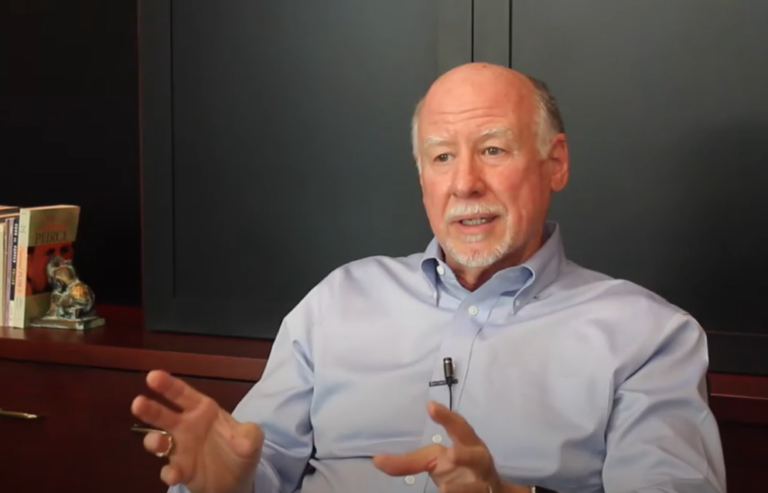What Leadership Needs to Know about Changing Organizational Culture
Say you have a manufacturing location with problems — three plant managers in two years, unusual variation in quality and/or safety, seemingly unpredictable swings in productivity. The options senior leadership considers may be to sell it, give it a defined period to show or go, or take on the task of rehabilitation. Leadership may wonder…



